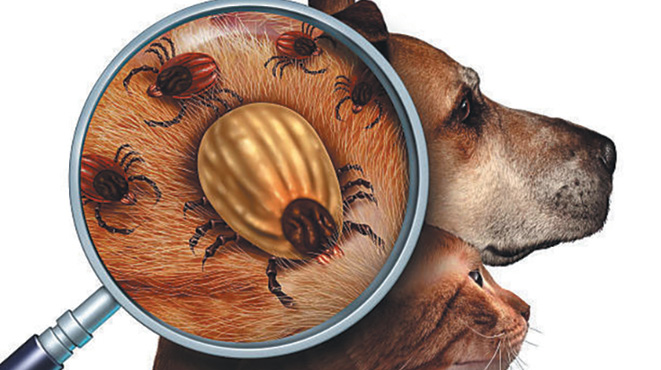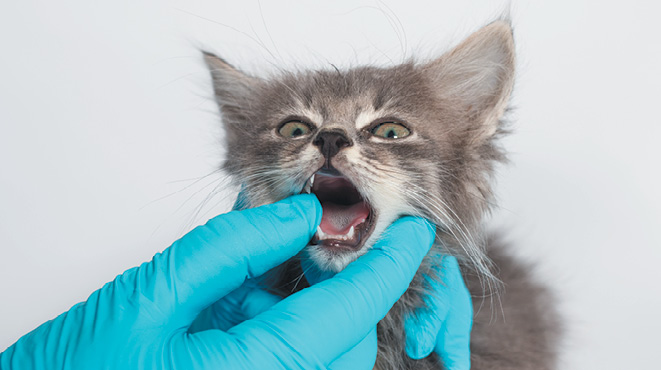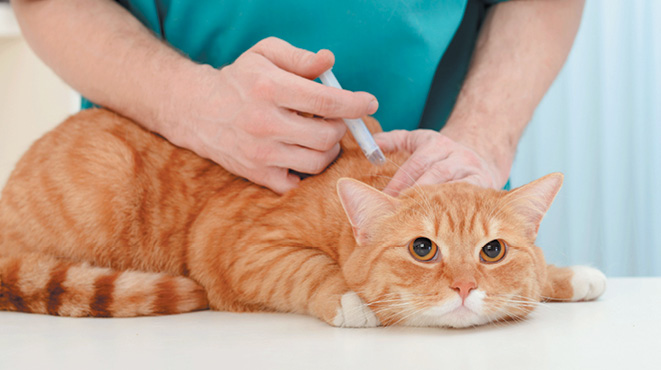BY DR NICKY THOMAS, WYNNUM MANLY VETERINARY HOSPITAL
 The warmer months have seen an increase in the number of cases of tick paralysis seen at vet hospitals across Brisbane. Tick paralysis is caused by the paralysis tick, lxodes holocyclus and can rapidly cause extremely serious clinical signs. Tick paralysis can be fatal if not recognised and treated.
The warmer months have seen an increase in the number of cases of tick paralysis seen at vet hospitals across Brisbane. Tick paralysis is caused by the paralysis tick, lxodes holocyclus and can rapidly cause extremely serious clinical signs. Tick paralysis can be fatal if not recognised and treated.
Tick paralysis is the result of a neurotoxin released by the tick as it feeds on your pet’s blood. The toxin blocks the neuromuscular junction, which means that messages sent by the nerves cannot get through to the muscles. Common signs of tick paralysis include:
- Loss of coordination in the back legs (“wobbliness”), which progresses to include the front – legs;
- Change or loss of vocalisation – a husky-sounding bark or meow may develop;
- Coughing;
- Gagging and vomiting;
- Loss of appetite;
- lncreased respiratory effort. Severe cases of tick paralysis can result in respiratory paralysis and require the patient to be ventilated.
Ticks can be carried and spread by marsupials without developing signs of tick paralysis. Possums and bandicoots are common culprits, and there are large numbers of them in our suburbs and backyards, which means that even dogs and cats that don’t leave your yard may be exposed to ticks.
Prevention is the best way to ensure your pet stays safe. Daily tick searches are important – thoroughly checking your pet’s coat, including inside the ears, under the lips, between the toes and around the genitals, can help you locate and remove ticks before they cause a problem. There are a number of products available for both dogs and cats to help control paralysis ticks. Have a chat with your vet about the best choice of product for your pet.


































































